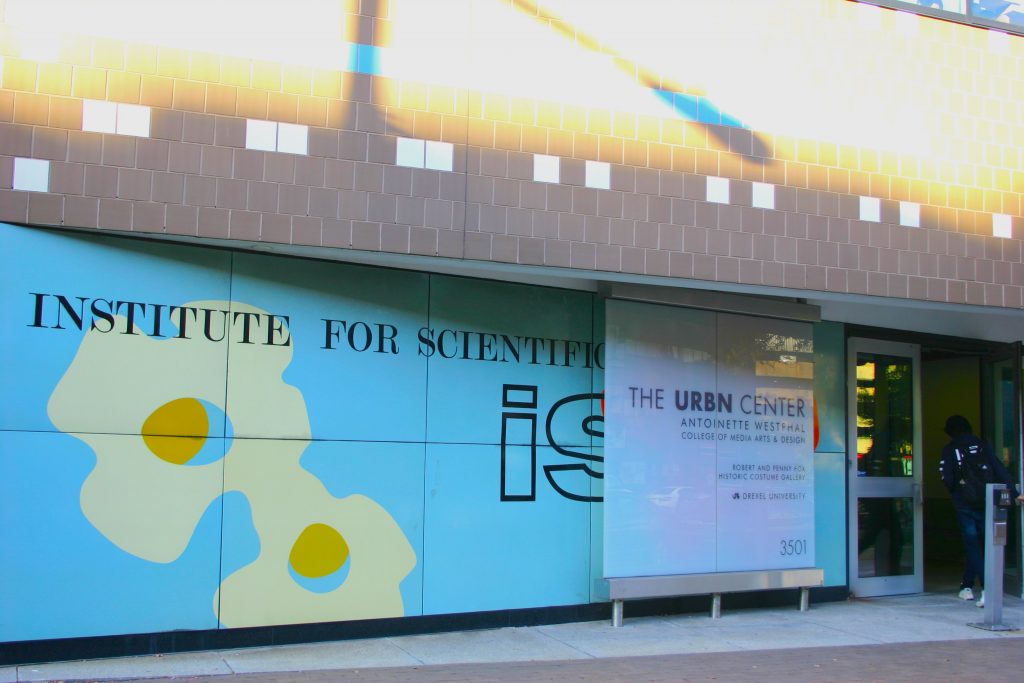
“I don’t have a creative bone in my body.” This commonly used phrase is often uttered by those in math and science fields, who believe that the label of creativity belongs exclusively to artists. Perhaps they have a point. Maybe some people are destined to lack the skills that poets possess in weaving words into evocative narratives or that painters have in crafting vibrant dreamscapes born from their imagination. However, this sentiment of creativity as a rare gift reserved for a select few is fundamentally misleading.
Creativity cannot be taught—or at least, that is a debate that continues to divide psychologists and educators. Some argue that creativity is an inherent trait, while others believe it can be nurtured and developed. In reality, both perspectives hold the truth: creativity is neither entirely teachable nor completely innate. From the earliest stages of life, humans possess a remarkable capacity for creativity. As Teresa Amabile, author of Creativity in Context, explains, children are naturally equipped with creative tendencies. They are driven by an innate curiosity, a desire to explore their surroundings, ask questions and uncover new ideas. Some of these tendencies may be stronger in some young thinkers than in others; for example, some might create imaginary friends, while others might spend hours building intricate structures with blocks or inventing elaborate rules for new games.
This natural creativity, Amabile argues, is a fundamental part of human development, but how it flourishes depends greatly on the environment and support children receive. How people channel their creativity differs from person to person. Just like how seeds need the right mix of soil, water and sunlight to bloom into thriving plants, creativity also needs the right environment to fully flourish. How people channel their creativity varies from person to person, a bit like fingerprints—each one unique. While creativity itself may not be something you can teach outright, the ability to foster it and help individuals discover their creative outlets is where education plays a key role. With the right encouragement, creativity can sprout in all sorts of unexpected places—from solving complex equations in a math problem to whipping up and decorating a multi-tiered birthday cake from scratch.
So, while many feel like they do not have a single creative bone in their body, this could not be further from the truth. Creativity isn’t just the romanticized ability to write captivating poetry or compose a bittersweet melody; it is about problem-solving, thinking outside the box and finding unexpected patterns in everyday life. Whether it’s devising new solutions in engineering, designing an innovative marketing strategy or baking an elaborate cake, creativity is intertwined into countless career fields. We all possess the potential for creativity, a trait everyone should embrace with confidence—it is simply a matter of how we choose to channel and nurture it.


